Collection
Movement: Bay Area Figuration (31 works)
In the 1950s, a small group of artists in San Francisco took a surprising turn away from Abstract Expressionism, which dominated progressive art in New York and California, by reintroducing recognizable subject matter into their painting. Though this diverse group of painters never officially cohered as a movement, a 1957 exhibition at the Oakland Museum of Art entitled Contemporary Bay Area Figurative Painting christened the growing trend. David Park, who was teaching at the California School of Fine Arts (CSFA, now the San Francisco Art Institute), initiated this embrace of the figure in 1950. His Four Women (1959) demonstrates how he adapted the gestural style of Action Painting to his rendering of the female body. Richard Diebenkorn, Park’s former student and colleague at CSFA, made the switch to figuration in 1955. Diebenkorn’s earlier work, Berkeley #26 (1954), is an abstract painting yet hints at a landscape and anticipates this move toward figuration. Bay Area Figurative artists looked to the world around them, often painting from live models. Paintings like Diebenkorn’s Girl on the Beach (1957) and Paul Wonner’s Figure by the Window (1962) balance the demands of representation with the expressive materiality of paint itself, all bathed in the bright light of Northern California. A second generation of Bay Area Figurative artists emerged in the late-1950s that included the sculptor Manuel Neri. In Untitled Standing Figure (1982), he cultivated an aesthetic of the unfinished by brushing loose swaths of blue and grey paint onto the heavily textured plaster surface.


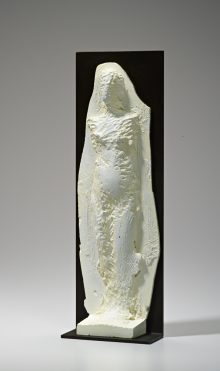
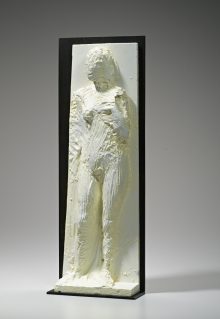
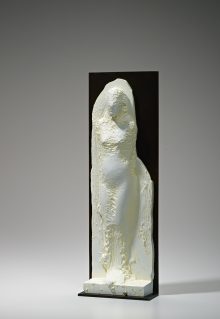

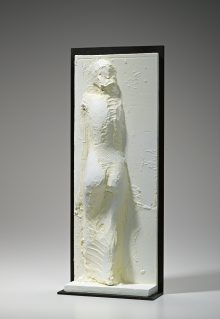
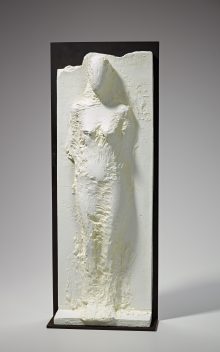

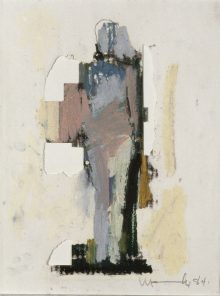
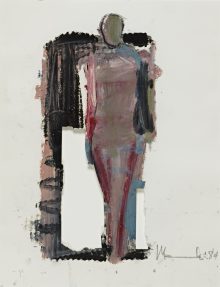
![Mujer Pegada Study [Gustavo No. 12], 1985](https://anderson.stanford.edu/wp-content/uploads/2017/07/MN.1985.DWG_.031-220x300.jpg)
